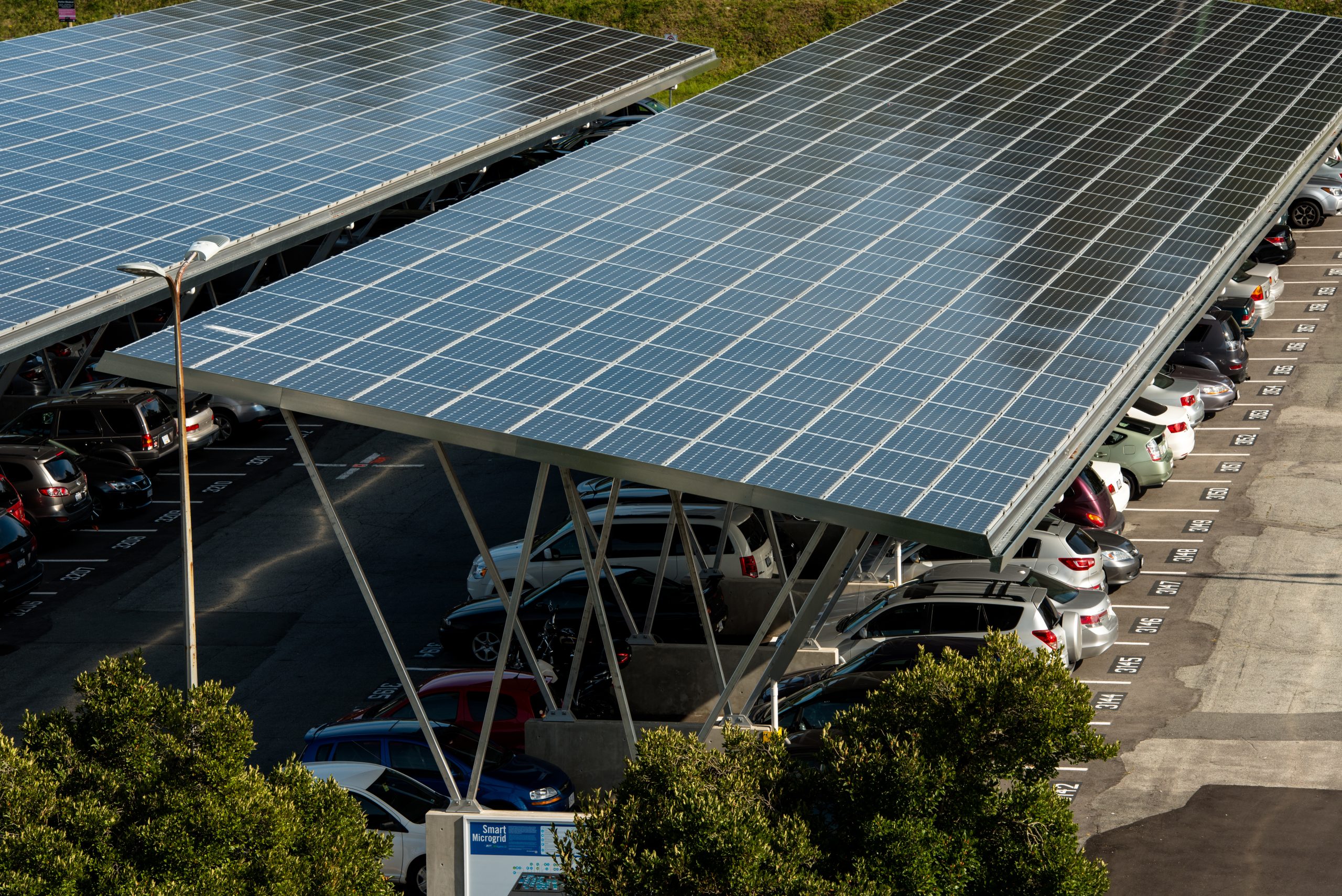When BCIT Technical Advisor Bryan Fair decided to invest in his first-ever electric vehicle (EV), he never imagined he would end up plugging into a whole new world of inquiry, learning—and creativity.
“I realized there was far more that I didn’t know than I did know,” reflects Bryan. “How do you ‘demythstify’ or filter out the misinformation from the marketing hype?”
The more he researched, the more he uncovered. By the time he was ready to buy his new car, he was confident other people could benefit from the wide range of useful information he’d gathered. The experience inspired him to work with BCIT EV Maintenance Training Instructor Jim Berladyn to co-develop the aptly-named Buying an Electric Vehicle (MOOC-0380) course, first launched October 2021.
Since then, more than 5,000 people have logged on to take the free self-study course, learning everything from the environmental impact of alternative transportation to different aspects of EV charging levels, and more.
Full of personal anecdotes and up-to-date insights into the ever-changing EV market, the unique course is suitable for those consumers who are ready to make the switch to electric or are simply curious about the new technology.
Curious about going EV? We asked Bryan and fellow EV driver, Clay Howey, project lead and department head for BCIT’s Smart Microgrid Applied Research Team (SMART), to share three top tips to help get your battery-powered engines going.
Tip 1: Fuel up on facts about charging
There are many myths out there about EVs, including the dreaded “range anxiety”—the worry that a car will suddenly stop moving and there will be no place to plug in.
But in reality, there are more and more charging options available, including a commitment to complete BC’s Electric Highway by 2024, and a target of 10,000 public EV charging stations by 2030, all outlined in the CleanBC Roadmap.
More charging stations encourages drivers to adopt EVs. “It’s a chicken and egg thing,” observes Clay.
As a result, part of the BCIT Smart Microgrid Applied Research Team (SMART) mandate supports innovations around energy management, like addressing barriers to EV adoption and drivers’ charging experience.
Examples include “blueprints” that can be used by municipalities to as retrofit residential buildings for EV charging, as well as a pilot project in the City of New Westminster that leverages streetlight infrastructure to support EV Level 2 charging. This helps so-called “garage orphans”— people without a place to plug in. “It makes really efficient use of the electrical resources,” reflects Clay.
Listen to Clay Howey discuss how Canada’s infrastructure can adjust to the increasing demand of EV in this episode of the Fireweed podcast.
Tip 2: Keep an open mind
Like you’d expect, every manufacturer offers something slightly different and not every EV will appeal to every driver.
“Put all your perceived information aside,” encourages Bryan. “Don’t let the misinformation taint what you’re discovering.”
Also, he says, consider the initial cost of the vehicle relative to things like future savings on fuel, low upkeep, and sustainability incentives.
For instance, buyers can take advantage of government rebates of up to $8,000 for making the switch. Also, since EVs have fewer moving parts they require far less maintenance, another savings.
“People know and recognize that this is the way of the future. They need to be moving in this direction,” reflects Bryan. “We are living in a time of significant change.”
Tip 3: Connect with other EV drivers
“The one common thing—when I talk to people who are EV drivers is—they would never go back. They would never go back to gas,” shares Clay, an EV driver since 2015. “I just haven’t met anybody who was disappointed.”
This comes through in a video on Vancouver’s Electric Vehicle Association (VEVA) site, where different local EV drivers discuss everything from ease of acceleration and saving on gas to climate change.
“There’s a real community of EV drivers out there. Talk to them,” emphasizes Bryan. “That’s where you’re getting really good information.”
Register today for the course Buying an Electric Vehicle (MOOC-0380) and learn more about other free online offerings at bcit.ca/free-online-learning.

Knowing the ins and outs of charging an EV is integral before putting money down on one of them. It’ll help you better understand how to maintain your new investment over time.